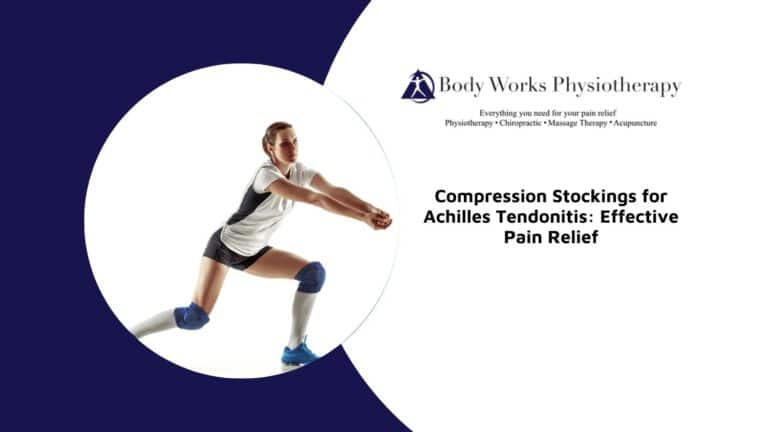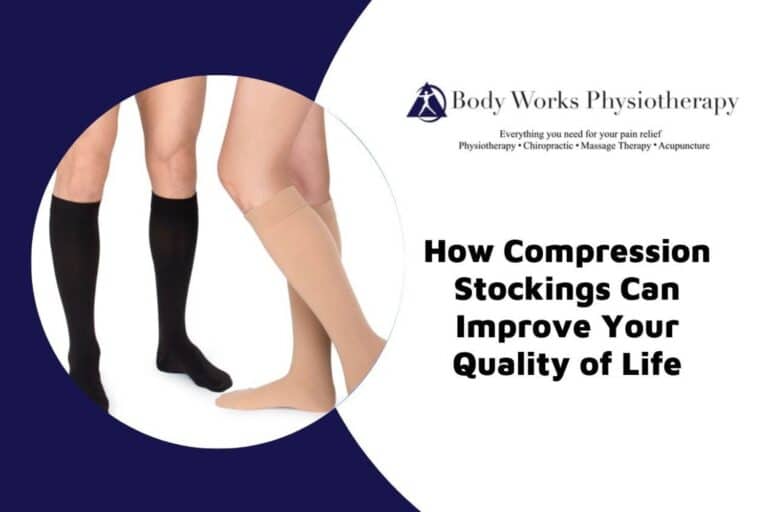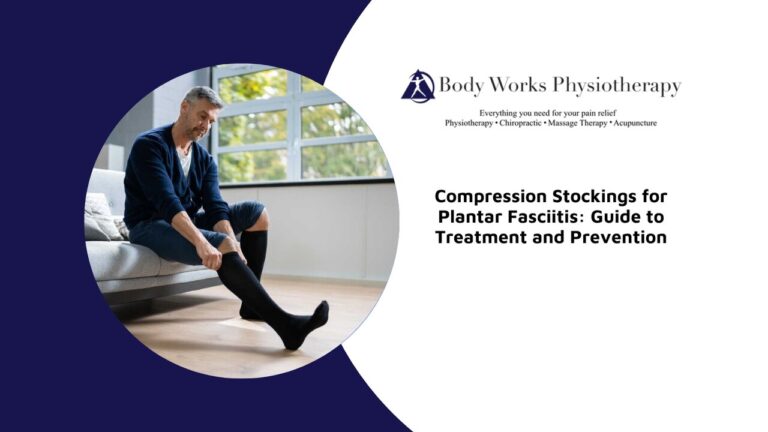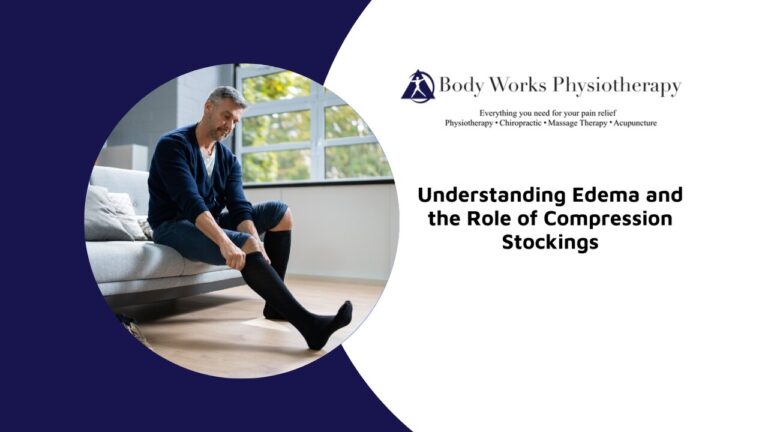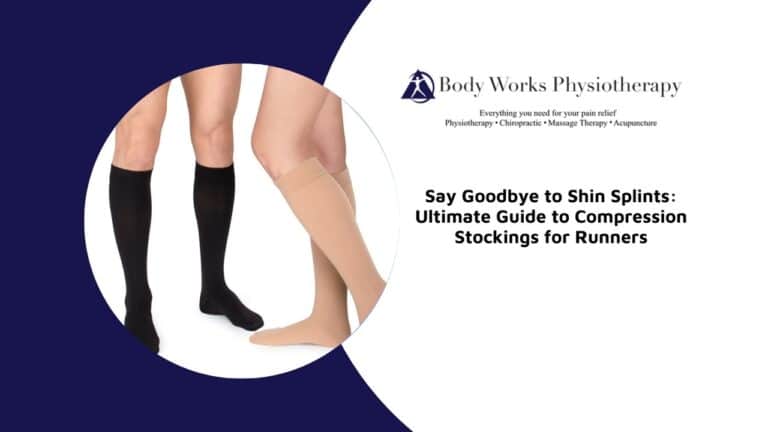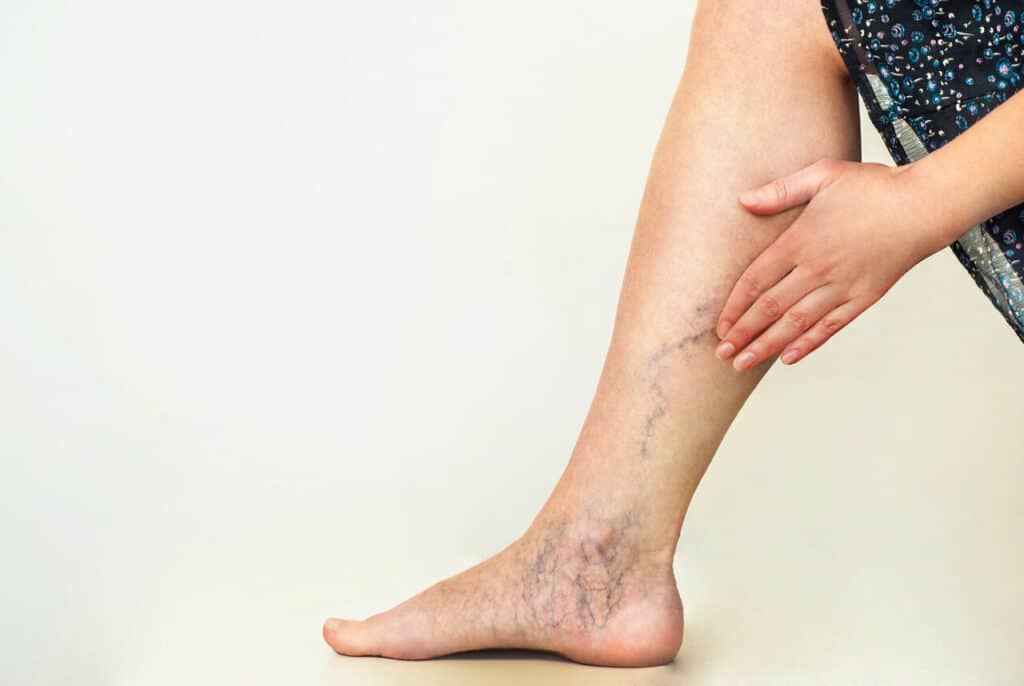
It was a few years ago that I first noticed the bulging vein on my leg and the severe swelling that went along with it; I was starting to have varicose veins form on my legs, just like my mother and grandmother before me. Thankfully, I found that compression stockings are an effective tool for providing relief from varicose veins. In this post, I want to share what I’ve learned and how you can use this knowledge to reduce the appearance and severity of varicose or spider veins.
What Are Varicose Veins?
Varicose veins are enlarged, twisted veins, often appearing on the legs and feet. People with varicose veins also experience a dull, aching sensation or a feeling of heaviness in the legs, especially after prolonged standing or sitting. Swelling in the lower legs, ankles, and feet is common, as is a throbbing or burning sensation in the affected veins. Some individuals also report muscle cramping, particularly at night, while others experience itching or irritation of the skin around the varicose veins.
Varicose veins result from weakened valves and increased pressure, and there are several factors that can contribute to the development of varicose veins, such as:
- Genetics: A family history of varicose veins increases the likelihood of developing them.
- Age: Aging causes wear and tear on vein valves, which can lead to varicose veins.
- Gender: Women are more likely to develop varicose veins, partly due to hormonal changes during pregnancy, menopause, or from birth control pills.
- Pregnancy: The increased blood volume and hormonal changes during pregnancy can enlarge veins.
- Obesity: Excess weight adds pressure to the veins in the legs, contributing to varicose veins.
- Prolonged Standing or Sitting: Occupations or lifestyles that involve long periods of standing or sitting can impede blood flow and lead to varicose veins.
- Lack of Exercise: Regular exercise helps improve circulation, and a sedentary lifestyle can contribute to vein issues.
- Injury: Trauma or injury to the legs can damage the veins and lead to varicose veins.
The Role of Compression Stockings in Managing Varicose Veins
Compression stockings, also known as compression socks, apply graduated pressure to the legs, helping to improve circulation and reduce swelling. This compression aids in pushing blood back up towards the heart, alleviating symptoms associated with varicose veins such as pain, swelling, and discomfort. Compression socks alleviate that heavy, achy and tired feeling in your legs that makes it feel like you’re wading through jello.
Available in various compression levels, these stockings provide different degrees of pressure, typically measured in millimetres of mercury (mmHg), with higher numbers indicating firmer compression. Most people wear the stockings during the day and remove them at night.
Can Wearing Compression Stockings Prevent Varicose Veins?
While compression stockings can alleviate symptoms and improve circulation, they may not prevent varicose veins entirely, especially if you have a family history of varicose veins and spider veins. However, they can help minimize the progression of existing varicose veins and reduce the likelihood of developing new ones.
Additionally, wearing compression stockings is often recommended as part of a comprehensive approach to managing varicose veins, which may include lifestyle modifications and medical interventions.
Best Type of Compression Stockings for Varicose Veins
When selecting compression stockings for varicose veins, it’s essential to consider the following factors:
- Size and Fit: Proper fit is essential for effectiveness, so consulting with a healthcare provider is recommended. It’s important to measure your legs correctly to ensure the right size and level of compression.
- Level of Compression: Standard medical grade stockings start at 20-30mmHg. Mild compression suits mild symptoms, while moderate to high compression is recommended for more severe cases. Graduated compression stockings are typically recommended, as they provide the highest pressure at the ankle and gradually decrease towards the top of the stocking. This gradient compression effectively assists in blood flow and reduces the risk of complications.
- Style: Compression stockings come in different styles, such as knee-high, thigh-high, and full-length options. Knee-highs are suitable for veins below the knee, while thigh-high or full-length stockings are better for veins extending above the knee.
- Material and Comfort: Opt for breathable, moisture-wicking fabrics for all-day comfort. Look for stockings with reinforced heels and toes for added durability.
Choosing the Right Level of Compression in Stockings for Varicose Veins
Selecting the appropriate level of compression in stockings involves considering factors such as the severity of varicose veins and individual preferences.
- For mild to moderate varicose veins, a compression level between 20-30 mmHg is often recommended.
- For more severe cases or as advised by a healthcare professional, higher compression levels may be necessary.
It’s essential to consult with a healthcare provider or a certified fitter to determine the most suitable compression level for your specific needs.
How Long Should You Wear Compression Stockings Each Day for Varicose Veins?
The duration of wearing compression stockings varies depending on individual circumstances and recommendations from healthcare professionals. Generally, it’s advisable to wear compression stockings during waking hours, removing them before bedtime. Consistency is key, so wearing them daily can maximize their benefits. However, it’s crucial to follow specific guidelines provided by your healthcare provider for optimal results.
Cleaning Compression Stockings for Maximum Effectiveness
Proper care and maintenance are essential for preserving the effectiveness and longevity of compression stockings.
- It’s recommended to hand wash them with a mild detergent in lukewarm water and avoid using bleach or fabric softeners.
- After washing, gently squeeze out excess water and air-dry them away from direct heat or sunlight.
- Avoid wringing or twisting the stockings, as this can damage the elastic fibres.
- It’s advisable to replace compression stockings as needed, typically every six months, depending on wear and tear.
You Deserve to Live a Pain-Free Life
Living with varicose veins can be uncomfortable and frustrating, but you don’t have to endure the symptoms in silence. Compression stockings offer a simple yet effective solution to improve circulation, reduce swelling, and alleviate pain.
If you’re ready to take control of your varicose veins, the team at Body Works Physiotherapy in Scarborough is here to help. From swelling and aching in the legs to full varicosities from ankle to hip, our clients have transformed their lives through the daily use of compression stockings. Book your appointment now to get fitted and begin your journey towards better leg health!

